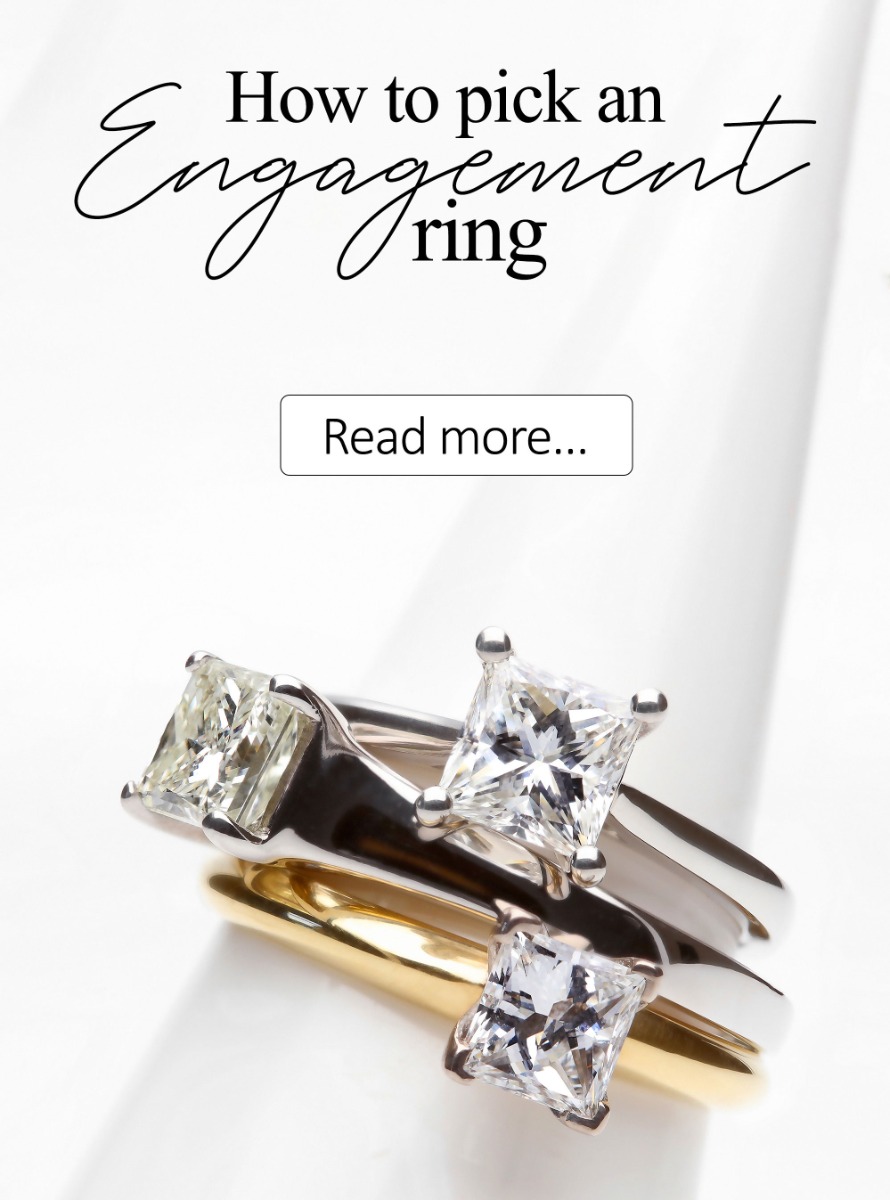Rolex has been an iconic name in the watchmaking industry for over a century. It is proudly worn on the wrists of the elite and powerful, for its intricate designs and perpetual innovation have earned the company prestigious status.
But what really makes Rolex tick?
Amending the perceptions of time
A rich history takes us right back to 1905 when the founder of Rolex, Hans Waldorf, spent his days selling timepieces in London. Aged 24, he had no idea what would become of his business, but he had visions of a future where quality wristwatches were the time instrument of choice for the discerning gentleman.
At the time, chronometry was not as accurate in the wristwatch world. They were notorious for being unreliable, but Waldorf strived for perfection. He began distributing a Swiss-made wristwatch from Bienne. The precise movements of each hand dancing along the clock face had never been seen before. It was enough to capture the hearts of Londoners and catapult Waldorf into the luxury watch industry.
It wasn’t until 1908 that Waldorf created the name Rolex and the brand really began its journey. According to the official Rolex website, Waldorf didn’t come up with the name on his own.
“One morning, while riding on the upper deck of a horse-drawn omnibus along Cheapside in the City of London, a genie whispered ‘Rolex’ in my ear,” he was reported to have said.
The innovation of excellence
In 1910, Rolex created the first wristwatch to ever receive the Swiss Certificate of Chronometric Precision. If people weren’t already convinced that wristwatches were the future, this was all the evidence they needed. Following such a distinguished acknowledgement, the Kew Observatory (UK) awarded Rolex a ‘Class A’ certificate in precision; an award that previously only marine chronometers had held. Rolex moved from London to the gorgeous backdrop of Geneva in 1919, a place highly regarded in the watchmaking industry.
1945 was a definitive year in watch making history, as Rolex introduced the first self-winding wrist chronograph to feature a window on the dial which indicated the date. Even more spectacular, the Datejust was equipped with a Jubilee bracelet and a fluted bezel. It was initially for men, but as one of the pinnacles of the Oyster collection, it was desired by all and several ladies versions were later made available.
Moving mountains
To match its unrivalled status in the luxury watch world, Rolex began to amass an elite client base. Known as ‘watches for achievers’, the world’s explorers gravitated towards the brand to find a wristwatch they could rely on no matter where they found themselves.
They produced the world’s first waterproof and dustproof watch in 1926, which although impressive at the time, was a far cry from their Deep Sea Challenge watch which today dives to 12,000 metres.
The original innovations created headlines at the time, as Mercedes Gleitze swam across the English Channel wearing one of the first waterproof wristwatches. The daredevil feat caught the attention of the British media, propelling Rolex into the limelight once again.
Members of the elite sporting world began to champion Rolex as the only watch to use in hostile environments. Sir Malcom Campbell, aka the King of Speed, wore his Rolex watch as he set a new land speed record of 300 miles per hour. James Cameron wore his Rolex as he explored the depths of the Marina Trench for National Geographic.
Rolex conquered more than just the admiration of a nation when Sir Edmund Hillary and Tenzing Norgay wore Oyster Perpetuals on their expedition to Mount Everest. Following this success, the Oyster Perpetuals Explorer was launched in 1953 to celebrate a ground breaking victory for adventurers everywhere and was immediately accepted as an iconic piece. Its successor, the Oyster Perpetual II, continued to capture the spirit of adventure by including a 24-hour hand, a pivotal tool for explorers located in dark lands where night and day merge into one.
Resilience and style
With such an exclusive clientele of some of the most commendable explorers across the world, Rolex had quickly become synonymous with making durable, accurate timepieces.
To Rolex, ensuring that their products are compatible with the brand’s premium standard of efficiency is as important to them as the aesthetics of their watches. It is a principle that the brand vowed to maintain, through innovative technology and rigorous product testing processes.
Rolex was the first brand to pioneer the use of the ultra-strong 904L steel in the cases of all their steel watches. As a material that is normally used in aerospace technology and chemical industries, it has exceptional strength and anti-corrosion properties, which are equal to those found in precious metals.
It would be fair to say that one of Rolex’s greatest achievements was the creation of the Blue Parachrom Hairspring. Although minute, this ingenious hairspring controls the movement of the watch hands and is integral to the overall functionality. It is made from a paramagnetic alloy which means it is unaffected by magnetic fields and is up to 10 times more resistant to shocks than other hairsprings, while the blue colour is traditionally a symbol of prestige.
Timeless elegance
For over 100 years Rolex has led the way for high calibre watchmaking. Its sophisticated designs continue to break the boundaries for innovation and ignite the passions of the very highest achievers.
Rolex has remained an exclusive brand, reserved only for the elite. Like any classic item, they are even more coveted today than ever before. A Rolex product isn’t just a watch, it is a statement. It doesn’t shout gaudily at onlookers, it accompanies its owner, complementing and reaffirming their own achievements. To wear a Rolex, new or pre-loved, is to exude a level of luxury that cannot be mistaken.
Invest in your success by exploring our extensive collection of Rolexs today.












